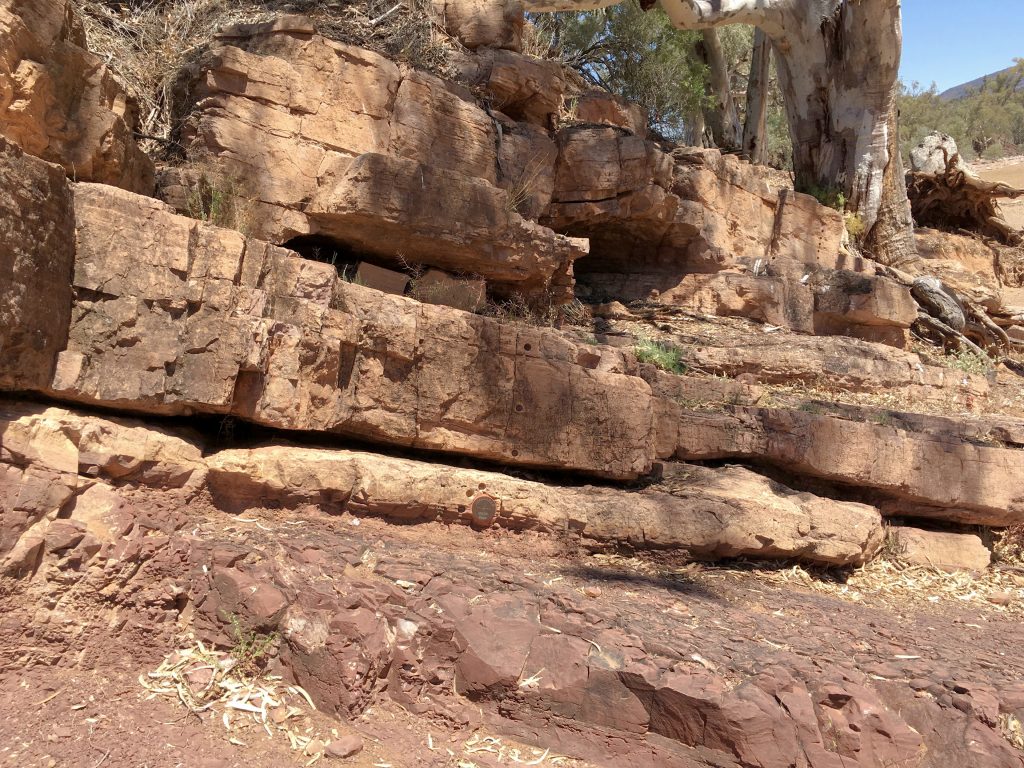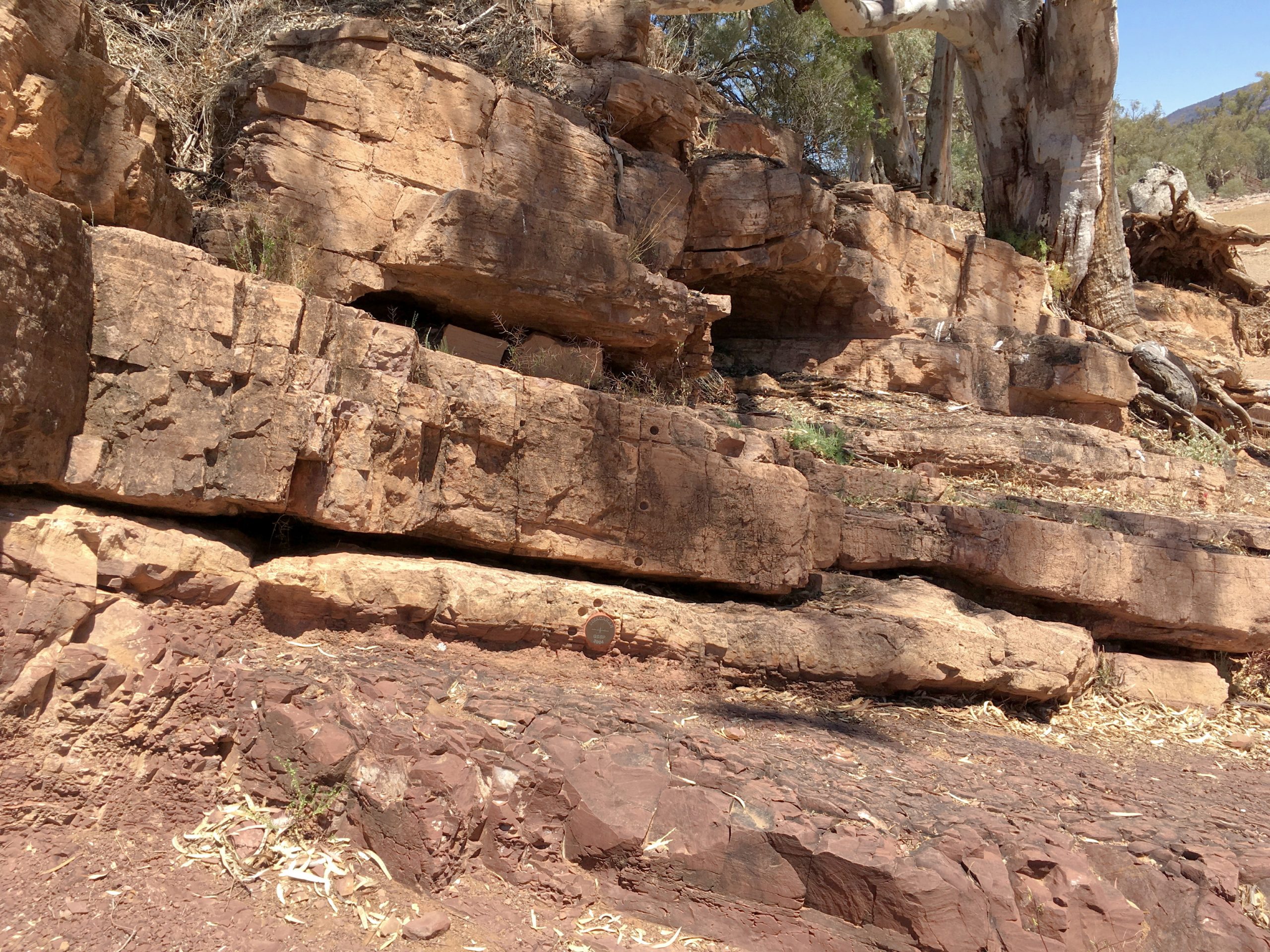In their comment, Gernon et al. (2024) maintain that their “shallow ridge hypothesis” for cap carbonate formation (Gernon et al., 2016) is valid, disregarding abundant evidence to the contrary. Here we address four flaws in their argument.
First, their hypothesis (Gernon et al., 2016) is based on a “proof by example” argument—a logical fallacy. Evidence underpinning their hypothesis consists of the subsidence history of a total of four drill sites from the North Atlantic: DSDP sites 553/554 from the Rockall Plateau, ODP Site 643 from the Vøring Plateau, and ODP Site 918 from the Greenland margin. All of these sites are located within the influence of the Iceland plume and are globally anomalous. Nevertheless, they insist that initial shallow marine volcanism recorded at these sites is representative of the early phase of ocean development, without any analysis of other sites close to passive margins. They further claim that this “probabilistic approach” is superior to our “deterministic approach” for estimating the prevalence of shallow ridges. However, in contrast to their small and biased data set, our global numerical analysis is based on updated outlines of the boundaries between continental and oceanic crust, and 778 equally spaced sites along the oldest oceanic crust (Dutkiewicz and Müller, 2024). We backtracked the sites using the latest global sediment thickness map and a recent global model for the (small) contribution of dynamic topography. We show conclusively that shallow ridges are not the norm for early ocean crustal depth evolution—instead, as expected, oceanic crust of average depth is most common and follows a well-established age-depth relationship (Richards et al., 2018).
Secondly, Gernon et al.’s (2024) reasoning assumes that shallow ridges were common during Rodinia breakup. They claim that this is plausible because nearly half of all Mesozoic large igneous provinces (LIPs) were oceanic (Ernst, 2014). In fact, we show that nearly all instances where shallow ridges formed after the breakup of Pangea were due to the influence of continental LIPs (Dutkiewicz and Müller, 2024). In addition, a compilation of oceanic LIPs based on the ophiolite record shows that oceanic plume events were rare for the critical period 750–635 Ma (Doucet et al., 2020) spanning the break-up of Rodinia and Cryogenian glaciations. Furthermore, while about half of all Mesozoic LIPs were indeed oceanic, this relationship does not hold for times prior to ca. 250 Ma (Doucet et al., 2020).
Thirdly, Gernon et al.’s (2024) Comment is underpinned by another “proof by example”—the mapping of hyaloclastite deposits down to a depth of 1700 m on a segment of the Mid-Atlantic Ridge axis close to the Azores (Fouquet et al., 1998). Gernon et al. (2024) use this example as evidence that hyaloclastite deposition down to this depth is common. However, they appear to be unaware of subsequent analysis of this area, which has shown that these deposits occur in proximity to the Lucky Strike Seamount, an active volcano (Humphris et al., 2002). We pointed out that hyaloclastite deposition along mid-ocean ridges preferentially occurs on large intraplate seamounts, which are extremely rare (Dutkiewicz and Müller, 2024). The Lucky Strike spreading segment is such an example, and is unrepresentative of normal oceanic crust. It has also been shown that the majority of deep-sea volcaniclastics do not form in close proximity to their depositional site but are transported by fallout or sediment gravity flows (Barreyre et al., 2011). This would explain the blanket of hyaloclastite deposits on the ridge crest adjacent to the Lucky Strike Seamount. Gernon et al. (2024) also contend that more voluminous hyaloclastites may be present at depths >90 m below the outer high basement of the Vøring Plateau. Outer highs of volcanic margins are known to be extremely transient features, associated only with initial breakup, and quickly followed by the emplacement of normal oceanic crust (Planke et al., 2000). Therefore, even if hyaloclastites were present at greater depths along this feature, this would be unhelpful for proving that hyaloclastites persist to depths of 1700 m on normal oceanic crust.
Lastly, a shortcoming of Gernon et al.’s (2016) alkalinity flux model for generating cap carbonates is that it is based on estimates of modern silicate weathering rates. As Yu et al. (2020) point out, this alkalinity flux scaling is inappropriate because: (1) physical weathering in glaciated regions is ~10× higher than in non-glaciated regions; Cryogenian continental icesheets would have left behind massive amounts of fresh, finely ground rock; (2) chemical weathering rates during deglaciations are much higher than during glacial stages, leading to greatly increased continental alkalinity fluxes; and (3) the existence of a CO2-rich atmosphere and the absence of land plants in the Cryogenian would have enhanced continental weathering rates relative to the present day.
The mechanisms driving cap carbonate formation are not yet fully understood. However, multiple lines of evidence indicate that the “shallow-ridge hypothesis” is unlikely to be one of them.
 Neoproterozoic ‘cap carbonates’ of the Nuccaleena Fm, Enorama Creek section, Flinders Ranges, South Australia
Neoproterozoic ‘cap carbonates’ of the Nuccaleena Fm, Enorama Creek section, Flinders Ranges, South Australia
The Ediacaran Global Stratotype Section (GSSP) and Point locality (marked by a metal disk) defines the contact of the red-brown glacial diamictite of the Elatlna Formation with the overlying buff-coloured Nuccaleena Formation. The Nuccaleena Fm is the lowermost division of the 3km thick terminal Proterozoic Wilpena Group, and represents the basal boundary of the Ediacaran System, overlying the Cryogenian (Marinoan) diamictite of the Elatina Formation. The lower portion of the Nuccaleena Fm ‘cap carbonates’ is composed of 2m thick medium to thick beds of laminated dolostone, overlain by a series of thick ‘tepee-like’ beds. Cap carbonates are transgressive limestone or dolostone beds that overlie Neoproterozoic glacial deposits. They are typically deposited in relatively shallow water on platforms, shelves and slopes.
![]()

